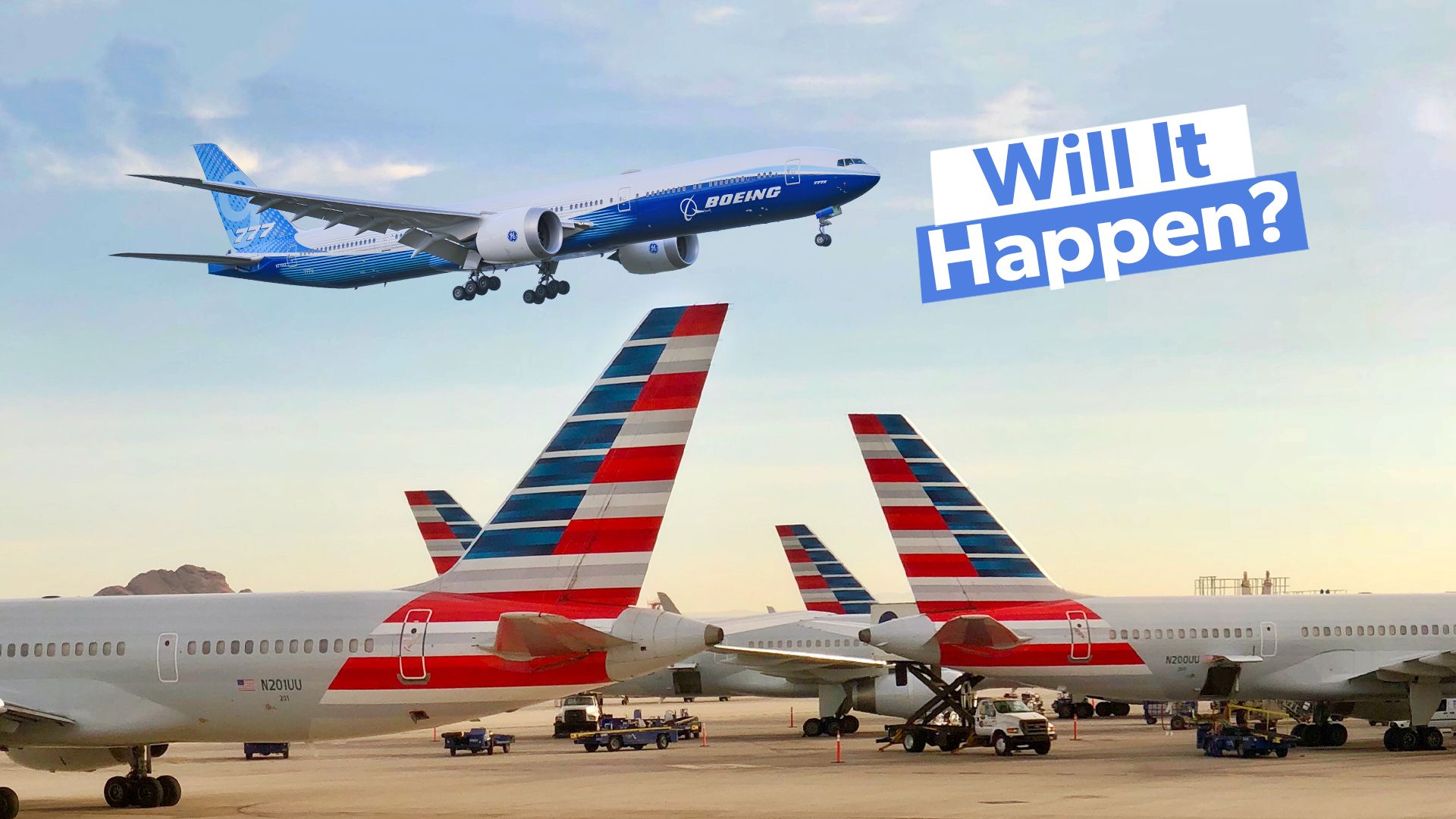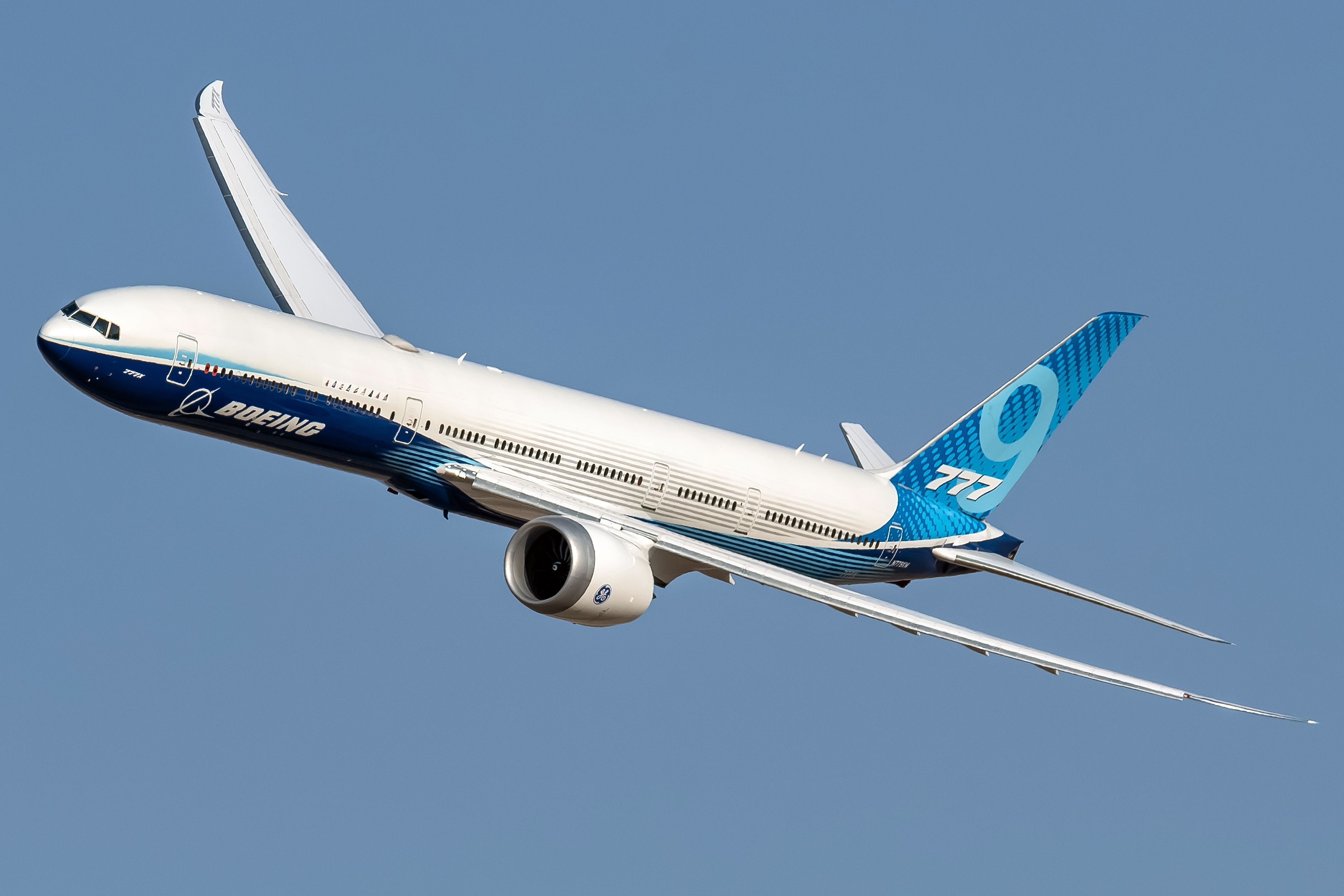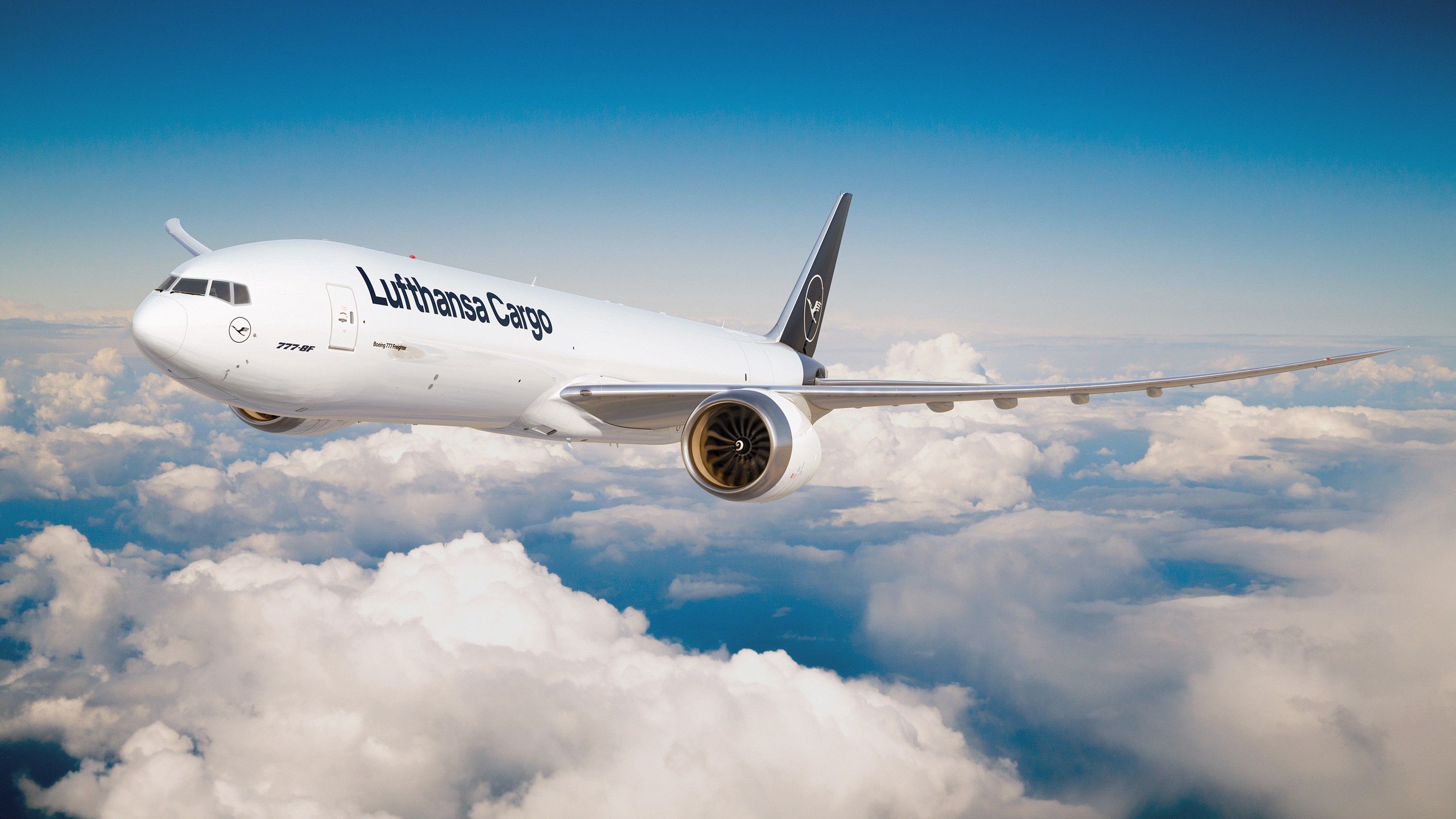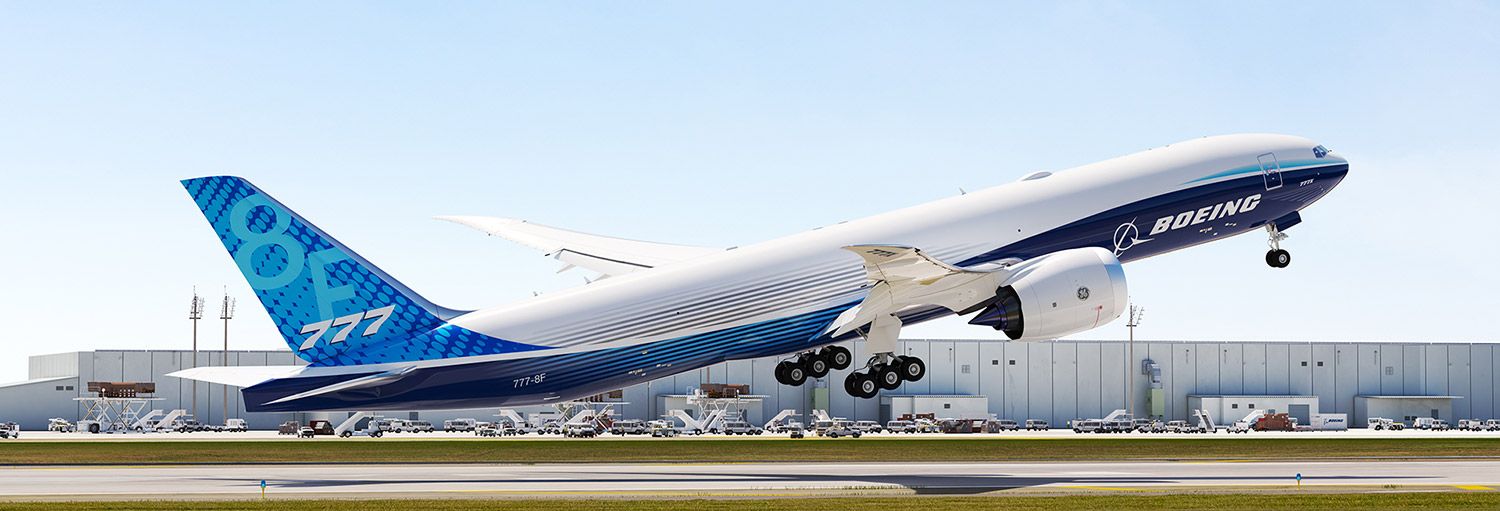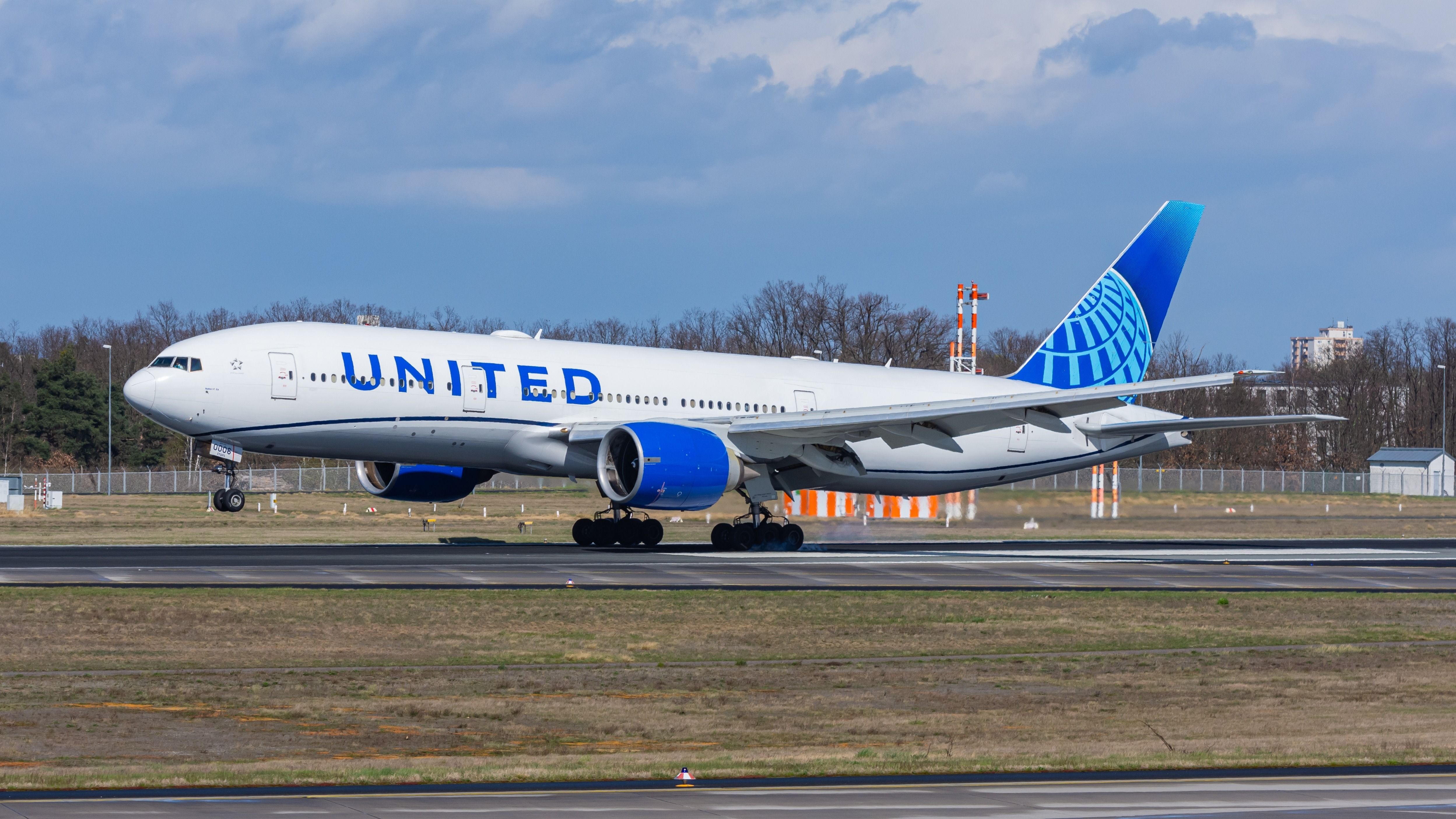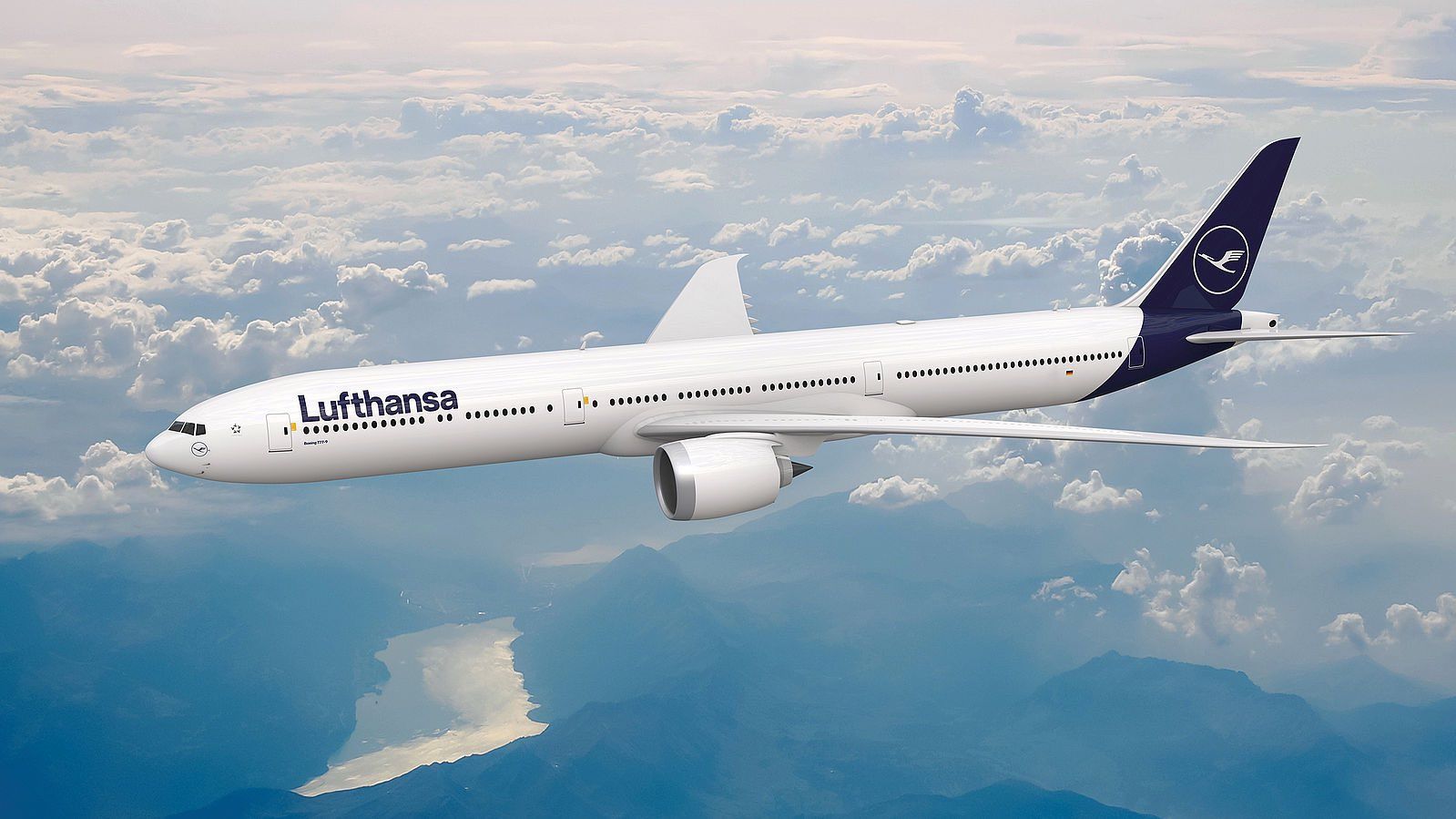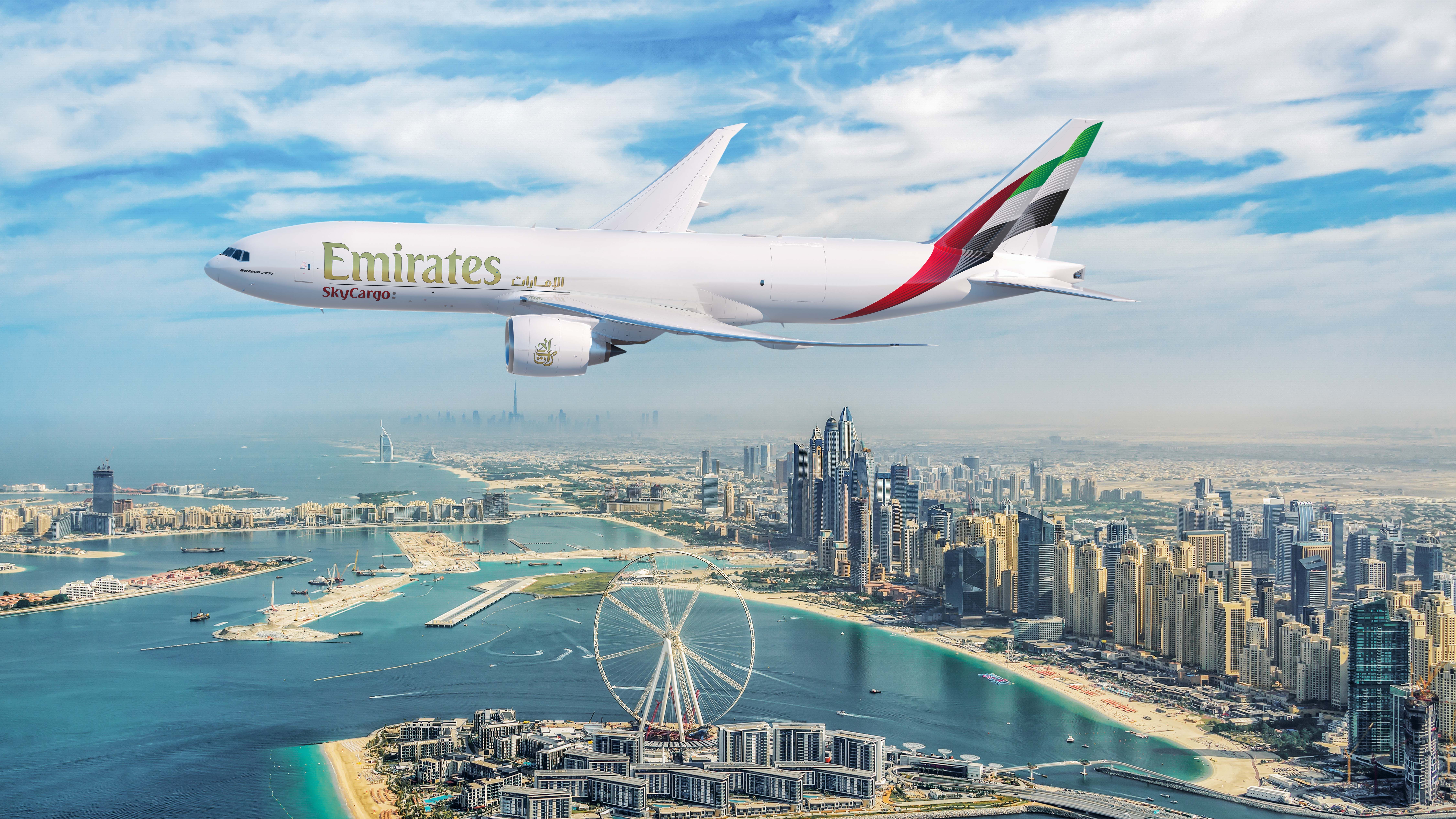The machinist strike at ![]() Boeing
Boeing
affected nearly every aircraft program comprising the current Boeing lineup, from the Boeing 737 MAX, to 767F, and even Boeing’s 777X, which is currently in development. What is the Boeing 777X
? How does the aircraft fit into Boeing’s current fleet lineup? Which US airlines could order the aircraft? Let’s take a look!
Photo: Falcons Spotters | Shutterstock
Successor To The 777 Series
Since its introduction to the aviation industry in the mid-1990s, the Boeing 777 series has become one of Boeing’s best-ever-selling planes. For decades, the aircraft has been the quintessential workhorse of choice for airlines worldwide due to its relatively high efficiency and ability to seat up to 400 passengers in dense configurations.
The 777 in all its variants is still used worldwide, from United Airlines to Cathay Pacific and even Russian carrier Aeroflot. In 2024, the oldest 777s are bordering on almost 30 years of age. The rapid aging of old 777s, combined with the retirement of the “Queen of the Skies” (747-400) by many airlines in the 2010s, has led to a growing gap in the Boeing aircraft portfolio. Foreseeing the imminent retirement of these older, high-capacity aircraft, Boeing decided to launch the 777X program in 2013 to provide airlines with a new, highly efficient, high-capacity offering for the future.
Photo: Lufthansa
The 777X program involves developing three aircraft: the lower-capacity 777-8, the 777-8 freighter, and the high-capacity 777-9. The 777X is kind of like the new iPhone. It’s slightly better than the last, with the same body but incremental hardware and software improvements. All aircraft in the 777X program retain the Boeing 777’s original fuselage design but are equipped with highly efficient General Electric GE-9X engines.
According to Boeing, the GE-9X engine is 10% more efficient than the current GE-90 engines currently equipped on all 777 aircraft. This keeps the 777X on par in efficiency with its primary competitor, the Airbus A350 family, without compromising on its high capacity (around 375 to 400 passengers).
As of October 2024, the 777X program has accumulated over 450 orders from no less than 10 airlines worldwide from carriers by the likes of  Emirates
Emirates
, and ![]() Singapore Airlines
Singapore Airlines
. What’s notable, especially for a US plane maker like Boeing, is the absence of 777X orders from US airlines.
Photo: Boeing
Could Any US Airlines Order the 777X?
The problem with the 777X is its capacity. US airlines are unique because they operate flights out of multiple hubs across the United States, with no one real centralized operation like London Heathrow Airport
for British Airways.
Besides, on high-capacity routes such as New York JFK to Los Angeles (LAX) or San Francisco (SFO), many of the largest US airlines, like United, would have trouble keeping a 777X full during the off-peak winter and summer seasons.
As shown through their aircraft orders, Delta and United Airlines are slowly shifting towards Airbus heavy fleets. This need for multiple planes of different sizes ranging from short to long haul (small, medium, and large capacity) is what is causing many US airlines to lean towards Airbus due to their wider selection of aircraft to choose from.
Photo: Minh K Tran | Shutterstock
For example, in recent months,
United Airlines has opted for 115 medium-capacity A321neo
orders and 50 A321XLR aircraft to replace its older fleet of 757s and 767s due to the flexibility that operating a smaller aircraft offers.
Need more capacity on a popular route? Place three or four A321neos on the route. Need to reduce capacity on a certain route? Take some A321neo flights off the schedule and place them onto another route.
Photo: Lufthansa
With a widebody like the 777-8 or 777-9, this becomes difficult due to the lack of flexibility that operating a 777X provides. An airline won’t be able to place a high-capacity 777X on a route like New York JFK to Dublin or Reykjavík. There’s a reason why the big three US airlines, ![]() American Airlines
American Airlines
, ![]() Delta Air Lines
Delta Air Lines
, and ![]() United Airlines
United Airlines
, have been opting to order the Boeing 737 MAX rather than the 777X.
Another factor turning US airlines away from the 777X is the
production delays plaguing the aircraft type.
The machinist strike at Boeing has been complicating the development and troubleshooting of problems with the 777X, leading to production delays that have pushed back the launch of the aircraft from early 2025 to sometime in 2026 and perhaps longer if Boeing’s employee issues aren’t resolved.
Photo: Emirates
Does This Mean the 777X is Dead in the Water for US Airlines?
No, not necessarily. If anything, the launch customer of the 777X in the United States will most likely be one of the two big cargo airlines, FedEx or UPS. Take FedEx, which was in the market for a high-capacity freighter from either Airbus or Boeing to cater to the high freight traffic following the COVID-19 pandemic.
American Airlines is the US passenger airline most likely to order the 777X (if any). The airline may order the 777X to replace its older 777-200ER and 300ER fleets, but this has yet to be seen.
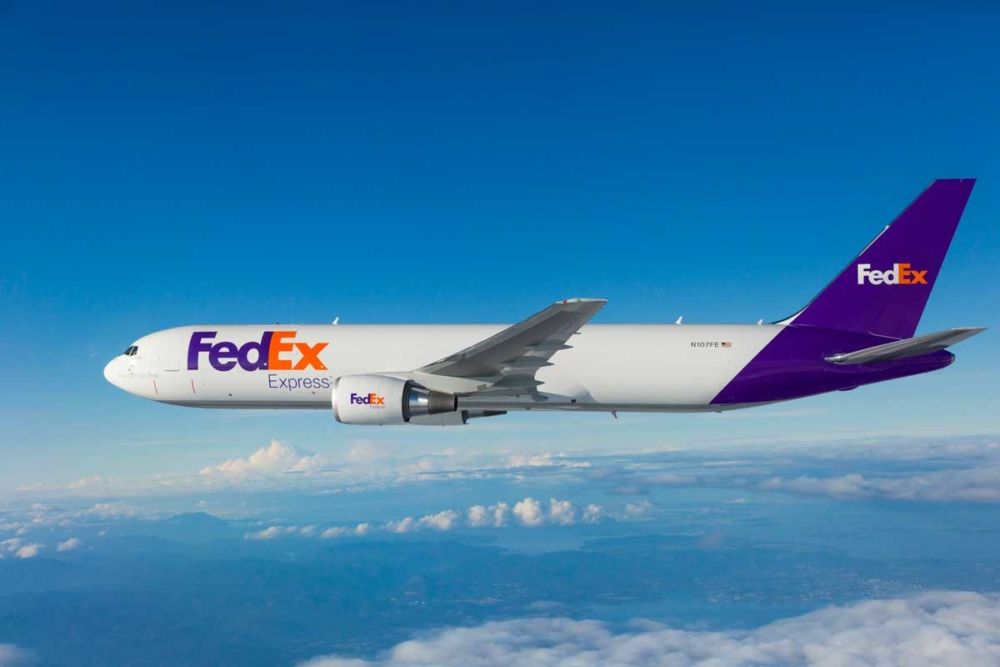
Related
FedEx Wants New Freighters: Will Airbus or Boeing Win?
FedEx is planning a large order of next-generation widebody freighters in 2022.

